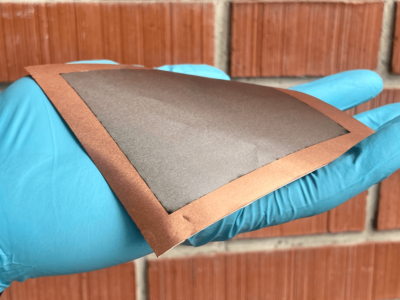
German consortium plans to shrink LED optics
Starting last October, Osram Opto Semiconductors has been working on the development of extremely compact and low-profile optical components for data visualization or illumination. The purpose of the IBELIVE project, funded by the German Federal Ministry for Education and Research (BMBF), is to investigate and deliver flexible design and manufacturing processes for space-critical applications for data visualization or illumination.
Project partners aim to directly address a number of different markets, including compact and powerful head-up projection displays, ultra-thin camera flashes and selective direct display backlighting. The defined objective of the consortium is to develop particularly compact multifunctional optical components as a way to significantly reduce the profile of LED-based lighting solutions. While LED die packaging has already reached a great level of miniaturization, the partners still see a great potential for miniaturizing the optics. A reduction in the thickness of the optical elements combined with novel optical functionalities designed within a microstructure is expected to give designers much greater flexibility in components integration. Such optimized LED components could also see their energy efficiency improved, as a much greater proportion of the generated light would be focused for the applications.
The project covers the entire value-added chain from the development of optics and volume production to testing of the new technology in sample applications.
In addition to coordinating the project, Osram Opto Semiconductors is responsible for the system concept and for the design of two application-based demonstrators and is also researching installation and testing concepts. Continental is designing and developing two compact head-up displays with different projection light sources. The hybrid diffusers to be developed for this purpose play a central role in creating images and making efficient use of light in the head-up displays. Research here will focus on image quality as perceived by the driver.
The Fraunhofer Institute for Applied Optics and Precision Engineering is developing methods and algorithms for designing hybrid diffuser optics, as well as technologies for generating deterministic surface structures.
The tasks assigned to TEMICON include using interference lithography to overlay nano-scale structures and developing injection stamping and molding technologies for replicating thin two-sided hybrid diffuser optics as series products.
Osram Opto Semiconductors – www.osram-os.com
 If you enjoyed this article, you will like the following ones: don't miss them by subscribing to :
eeNews on Google News
If you enjoyed this article, you will like the following ones: don't miss them by subscribing to :
eeNews on Google News




